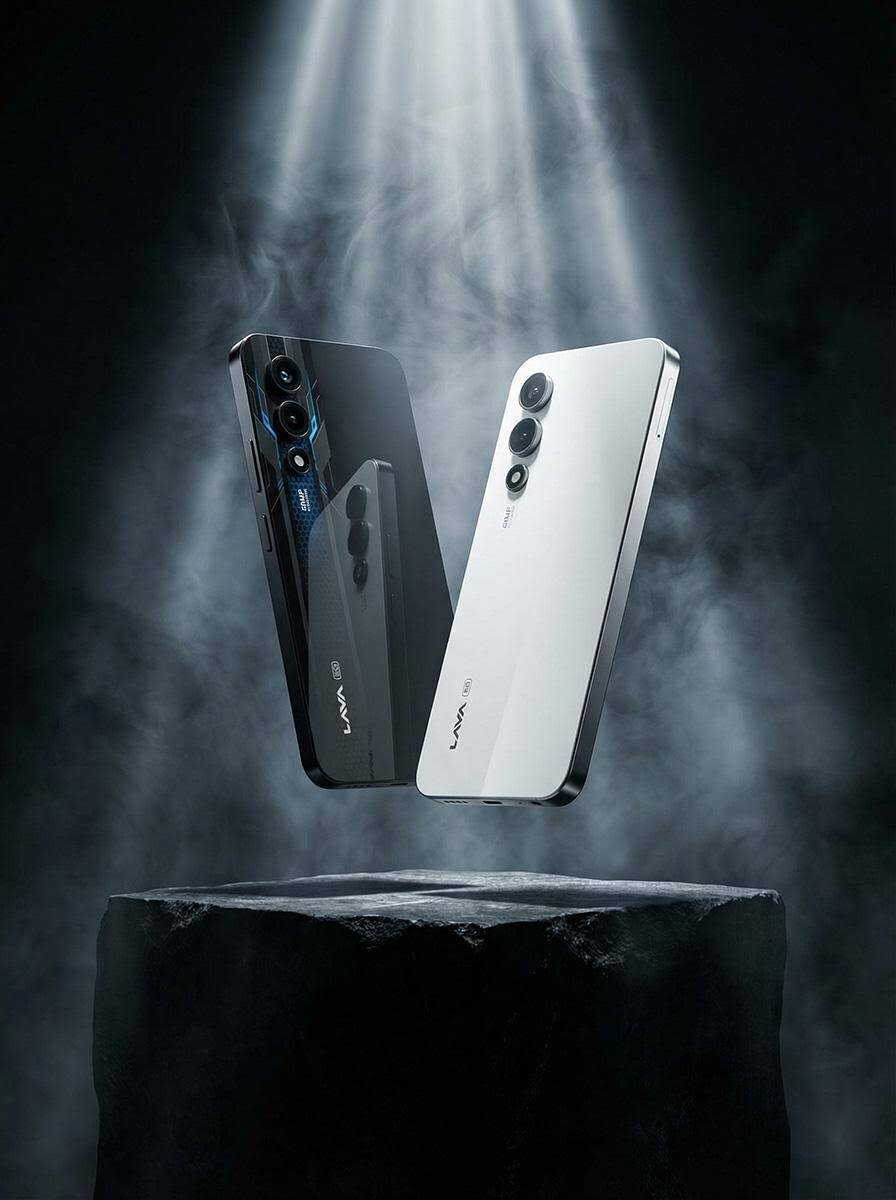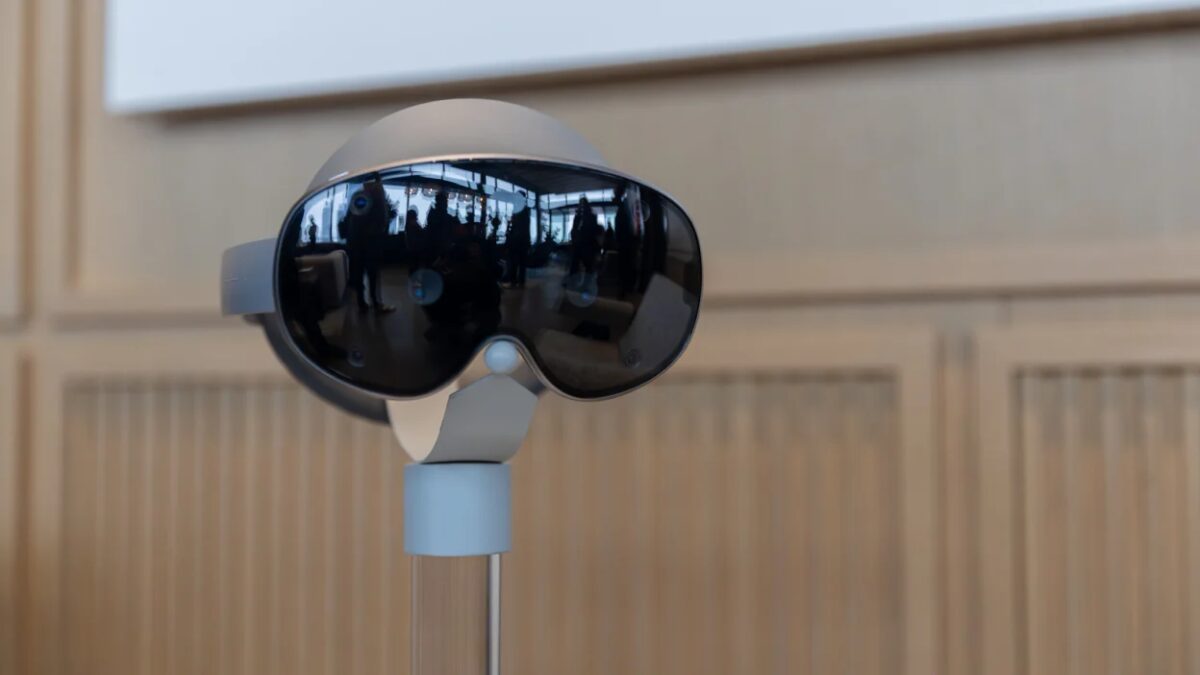AMD Zen 5: everything we know about the next generation processors
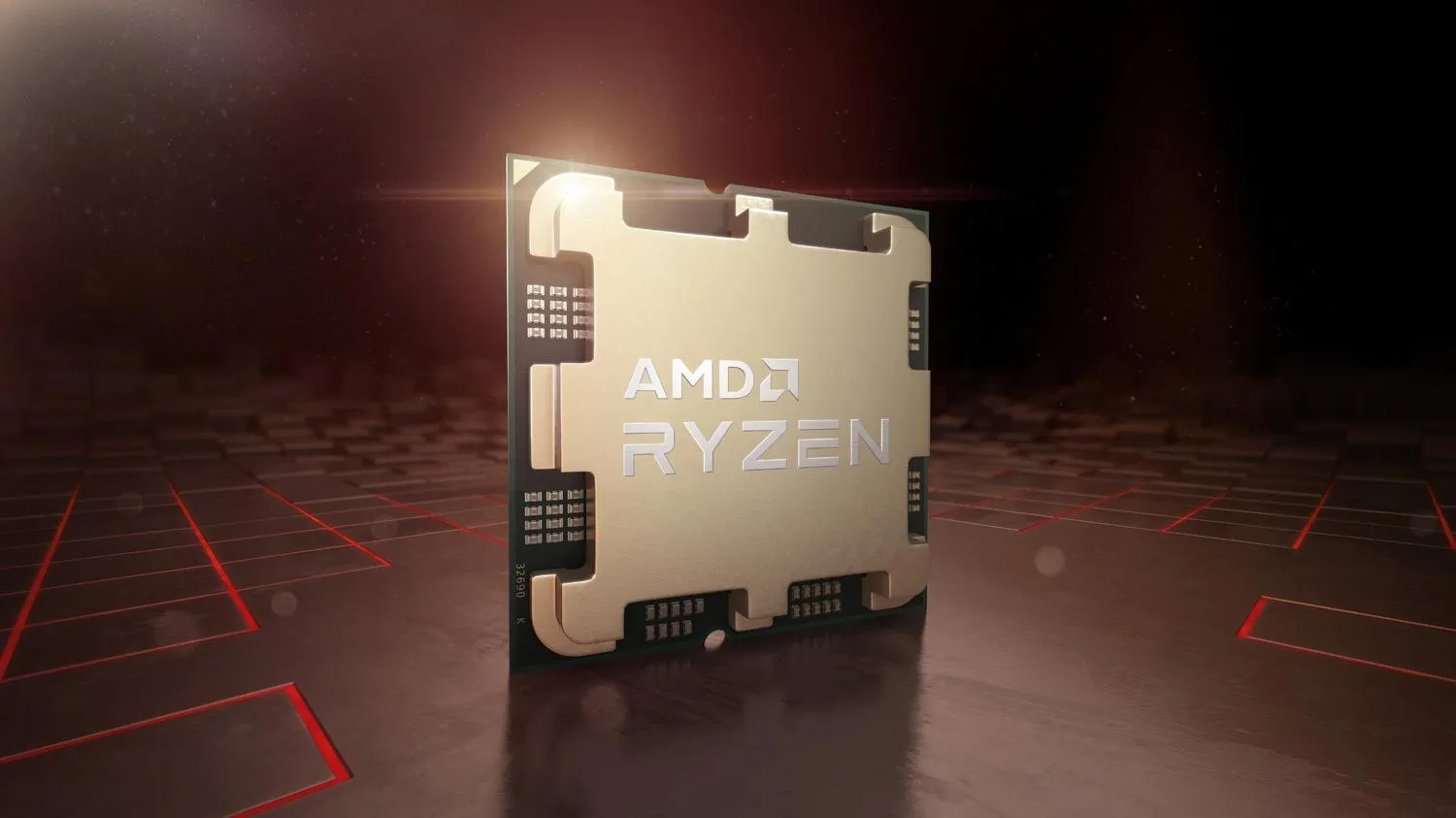
AMD Zen 5 — is the next generation of Ryzen Team Red processors. After a massive reveal at Computex 2024, the processor is ready for a July launch. The manufacturer promises significant performance benefits for the new architecture, which will give it a big jump in gaming and performance tasks. The company also claims that it will have significant advantages over Intel’s best 14th generation alternatives, which will allow it to compete among the best processors.
So far, the new architecture will have significant performance advantages over Intel’s best alternatives.
We’ll have to wait until release to know for sure about the performance of these chips, but here’s what we know about Zen 5 so far.
Zen 5 release date, availability, and price
AMD has confirmed that Ryzen 9000 desktop processors will hit the market on July 31, 2024, which is two weeks after the Ryzen AI 300 launch date. The initial lineup will include Ryzen 9 9950X, Ryzen 9 9900X, Ryzen 7 9700X, and Ryzen 5 9600X.
The Ryzen 9 9950X, Ryzen 9 9900X, Ryzen 7 9700X, and Ryzen 5 9600X will be included in the initial lineup.
This unexpected early release is likely an attempt to get ahead of Intel, which will unveil its Lunar Lake and Arrow Lake processors later this year. It also gives the company a chance to include its processors in a new series of artificial intelligence laptops that many major manufacturers are promoting.
Additional non-X and X3D variants are expected in the coming months, and Club386 reports that X3D chips could arrive as early as September. That would be faster than expected, given that in the previous generation the gap between the release of the first variant and the X3D variants was larger.
At the same time, the gap between the release of the first variant and the X3D variants was larger.

Pricing for the Ryzen 9000 lineup remains a mystery at this point. Although AMD showed off the new processors during Zen 5 Tech Day, it was silent on pricing. However, rumor has it that the company may lower the recommended price (MSRP) compared to Zen 4 at launch.
Amidst the rumors, the company may lower the recommended price (MSRP) compared to Zen 4 at launch.
The first pre-orders for the Ryzen 9000 have arrived at the Slovenian retailer. The flagship Ryzen 9950X was priced at 660 euros/$708. This is much more than the Ryzen 9 7950X3D, but also cheaper than the European price of the Ryzen 9 7950X, which came with a price tag of €850. We’ll have to wait and see what AMD does this time around.
We’ll have to wait and see what AMD does this time around.
Specifications and Zen 5 architecture
At Computex 2024, the company detailed the specifications of four new Ryzen 9000 processors, revealing comparable core counts and clock speeds to the previous generation, and claiming improved inter-process communication (IPC) through a new architectural design.
These specs are quite comparable to their Ryzen 7000 counterparts, with the same cache sizes, thread counts, and clock speeds. What’s different this time around is power consumption. While the top-of-the-line 9950X still has the same 170-watt thermal design power (TDP) as its predecessor, the 7950X, the other processors require much less.
While the top-of-the-line 9950X still has the same 170-watt thermal design power (TDP) as its predecessor, the 7950X, the other processors require much less.
While the 7900X had a TDP of 170W, the new 9900X consumes just 120W, and the 9700X and 9600X — just 65W. While the power consumption figures may be slightly higher in real-world use, this is a marked improvement over its last-generation counterparts, and is indicative of the significant efficiency gains of the new Zen 5 design.
.
Despite previous rumors that AMD might want to change the TDP of the Ryzen 7 9700X to make it more competitive, AMD is sticking to its originally announced TDP — and it appears to be very proud of its efficiency gains. During Zen 5 Tech Day, AMD shared some of the first slides regarding the improvements between the Zen 4 and Zen 5 generations.
Amdm.
Three of AMD’s four new processors showed significant reductions in power consumption. That could mean bad news for performance, but AMD claims otherwise. For example, the Ryzen 5 9600X is claimed to be 17% faster with much lower power consumption. The Ryzen 9 9950X, on the other hand, may not feature a TDP reduction, but AMD claims it will be 22% faster than its predecessor.
The Ryzen 9 9950X may not have a TDP reduction, but AMD claims it will be 22% faster than its predecessor.
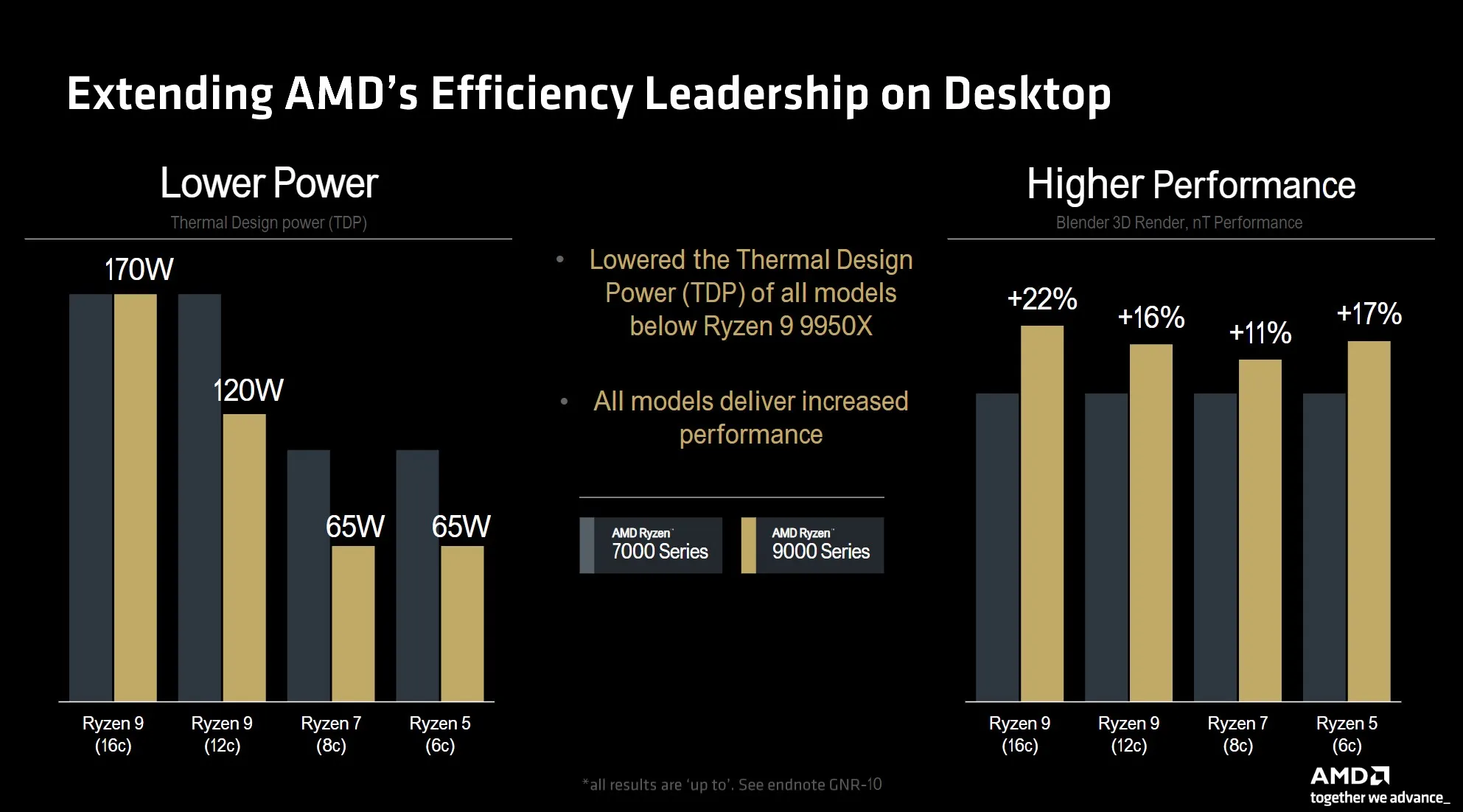
We’ve been hearing about the IPC boost for a while now, but until recently it wasn’t clear what it comes at the expense of. After all, processors have the same number of cores. However, AMD showed us the processors during the preview, and now we know what’s new in Zen 5. Architectural changes that AMD revealed include:
Among the changes are
- Zen 5 processors now support eight dispatch/recovery blocks; up from six in Zen 4;
- The number of arithmetic logic units (ALUs) in the core has been increased from four to six;
- Zen 5 now has one 512-bit data path for AVX instructions instead of two 256-bit paths;
In contrast to Intel’s upcoming Arrow Lake processors, AMD has retained simultaneous multithreading in Zen 5, and has made significant improvements to branch prediction accuracy and latency to improve overall multithreading performance. As a result, AMD promises a 16% increase in IPC.
Among the improvements, AMD promises a 16% increase in IPC.
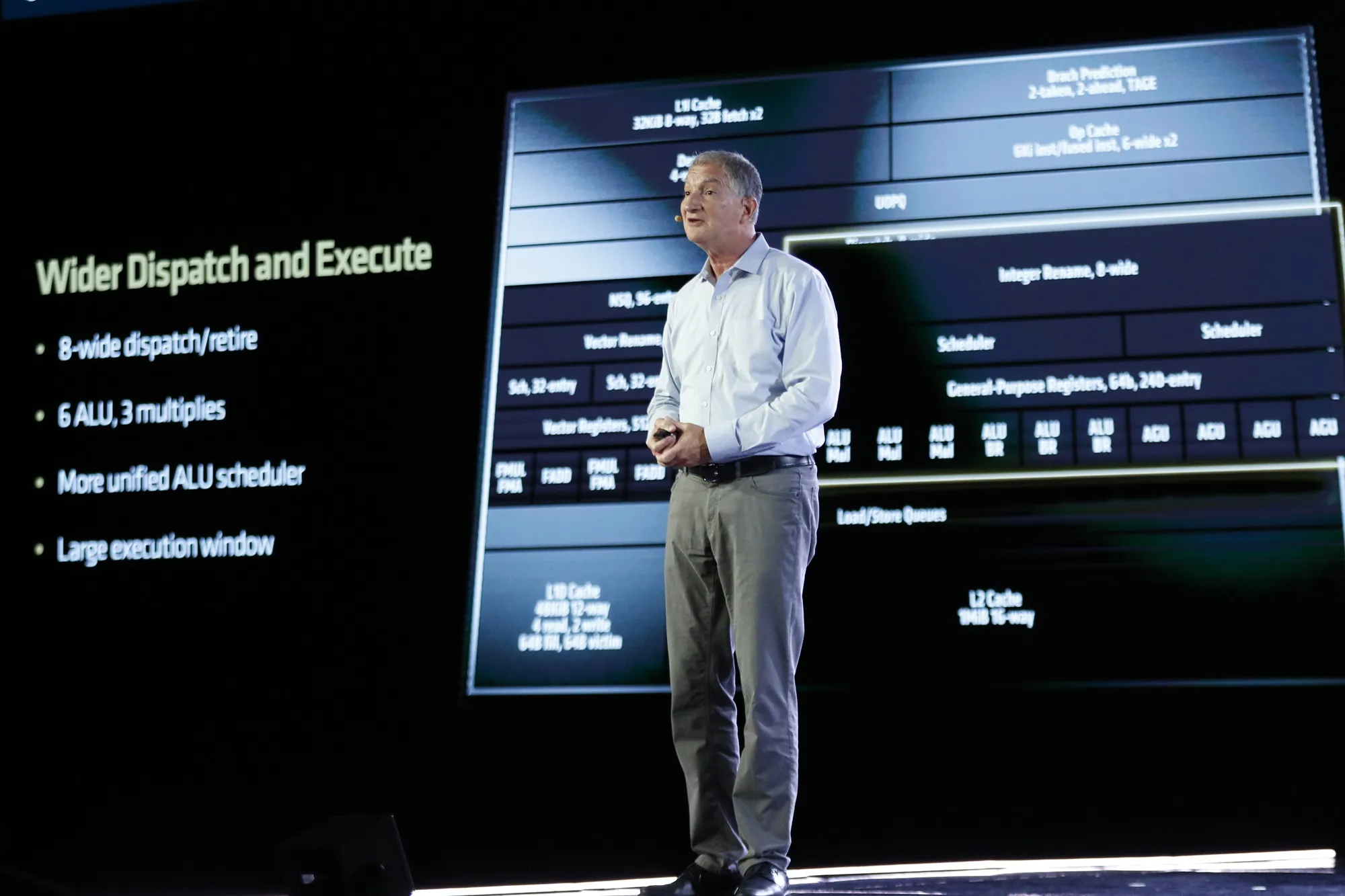
AMD has confirmed that Zen 5 processors feature RDNA 3.5 graphics architecture, which should mean even more powerful integrated graphics than what we’ve seen in the Ryzen 7000 processors. It’s unlikely to be a huge upgrade, but given that we had quite acceptable performance for casual gaming on Zen 4, any upgrade is welcome. The Ryzen 8000 APUs are already trying to hammer the final nails into the coffin of entry-level graphics. RDNA 3.5 on Zen 5 is only going to continue that trend.
Any upgrade is welcome.
Socket AM5
One of the greatest strengths of AMD’s Ryzen processors since the release of their first generation has been their upgradeability. While Intel typically offered fans two and sometimes three generations of support for any socket (software interface) design, AMD’s Ryzen platform was much more extensive. Anyone who bought a high-end Ryzen 1000 generation motherboard could simply plug in an AMD Ryzen 3000 or even 5000 processor with a few BIOS updates and continue to run the same memory, power, and everything else.
Anybody who bought a high-end Ryzen 1000 generation motherboard could simply plug in an AMD Ryzen 3000 or even 5000 processor with a few BIOS updates and continue to run the same memory, power, and everything else.
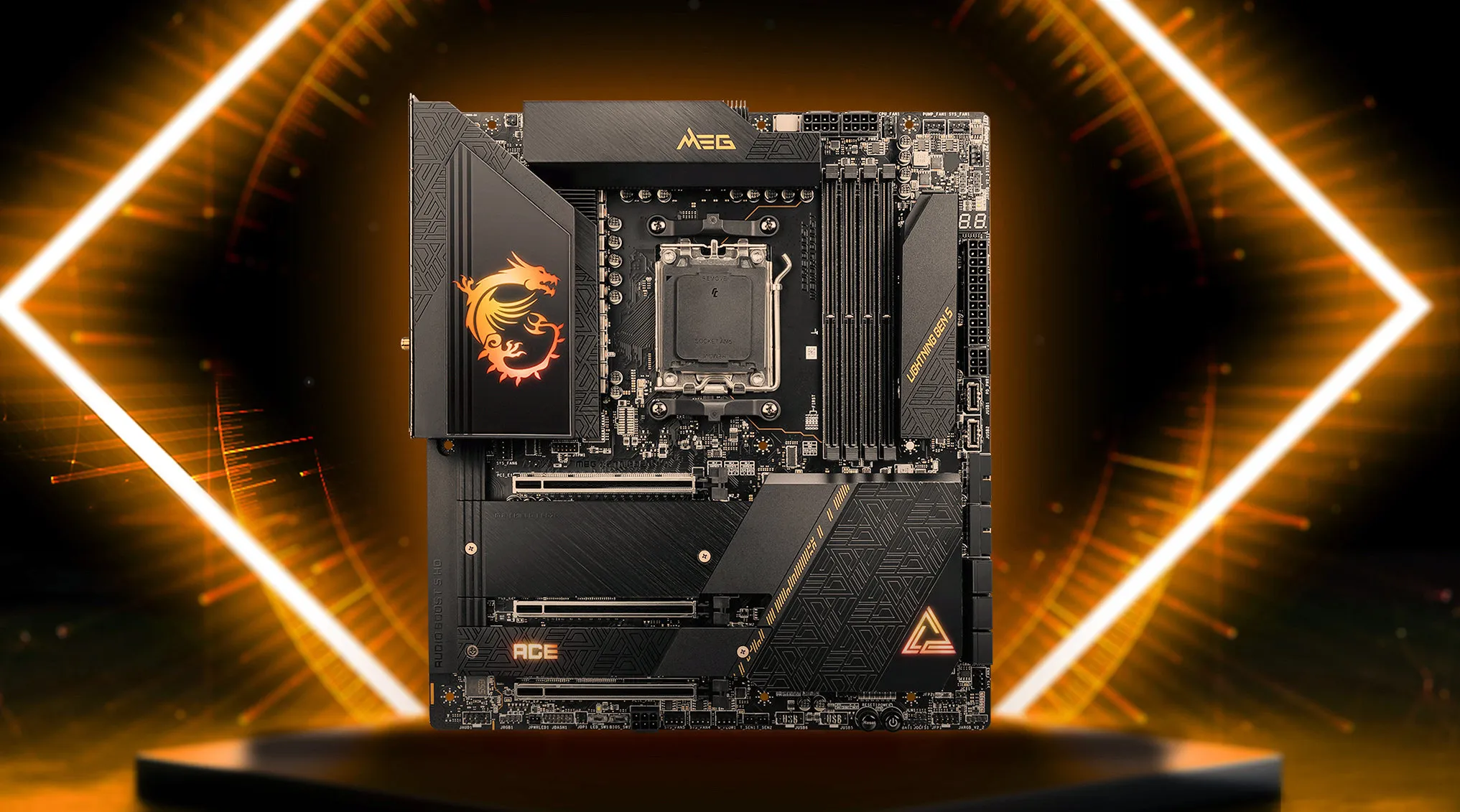
AMD aims to replicate this with the AM5 socket, which will debut with Ryzen 7000 processors in the fall of 2022. Zen 5 uses the same AM5 socket as Zen 4, which means that not only coolers will be compatible, but processors as well. Anyone with an existing X670E, X670 or B650 motherboard will be able to install a Zen 5 processor in it and get most of the next-generation benefits as soon as they become available — although a BIOS update may be required.
At Computex 2024, AMD announced the first two new chipsets for Ryzen 9000 motherboards, the x870 and x870E. Both chipsets provide standard USB4 support as well as PCI Express 5.0 support for graphics and storage slots. Higher memory frequencies are also supported, potentially providing even more performance for the next generation processors.
Performance of Zen 5
AMD has announced some performance figures for Zen 5, and they are impressive. These numbers are only for the top-of-the-line Ryzen 9 9950X processor and compare mostly to Intel’s best, but so far they’re promising.
As mentioned above, the average increase in instructions per clock in AMD Zen 5 processors will be 16%, although it could be as high as 35% in some applications. Ultimately, this will result in significant performance gains, with AMD citing numbers as high as 56% compared to Blender’s 14900K.
Amounting to the 14900K, AMD’s Zen 5 processors will offer a significant performance boost.
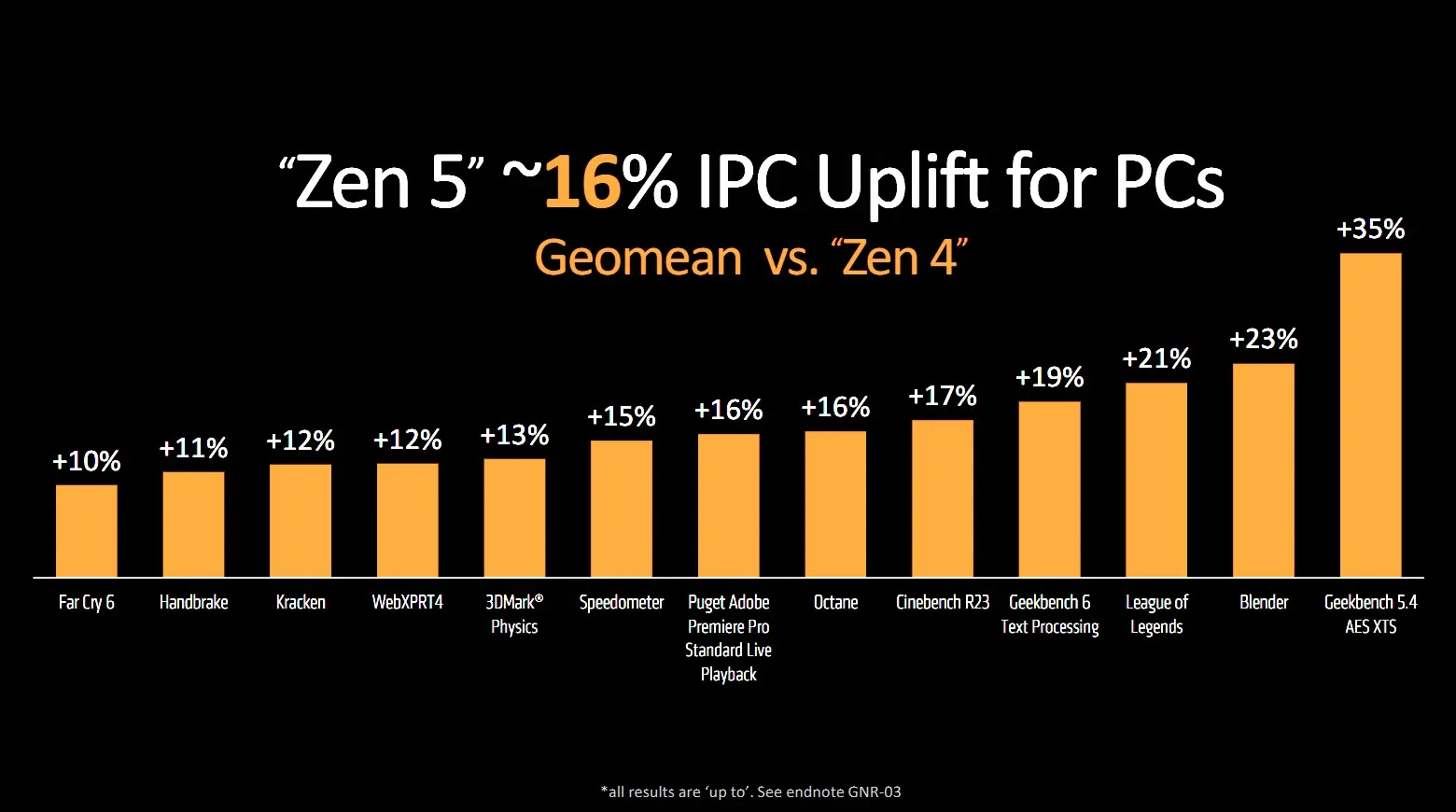
This also applies to gaming, where the 9950X reportedly beats the 14900K (which is roughly comparable to the 7800X3D and 7950X3D) by between 4% and 23%. Local AI, such as the large language model (LLM) Mistral, also runs faster on the new Ryzen processors.
Local AI is also faster on the new Ryzen processors.
AMD also shed some light on processor performance during the Zen 5 Tech Day event, presenting various performance graphs. According to these Cinebench R23 benchmark results, the Ryzen 9 9950X is about 15% faster than the Ryzen 9 7950X, as well as 13% faster than the Core i9-14900K.
The Ryzen 9 9950X is also 13% faster than the Core i9-14900K.
Another chart from AMD shows the performance of the Ryzen 6 9600X compared to the Core i5-14600K, and those results look solid — but we didn’t get any exact numbers. The mid-range Zen 5 chip leads by 94% in Handbrake and 18-22% in the rest of the tests. In gaming tests, the gains ranged from 5% in Hitman 3 to 29% in Horizon Zero Dawn.
We’ve also seen gains in the gaming tests.
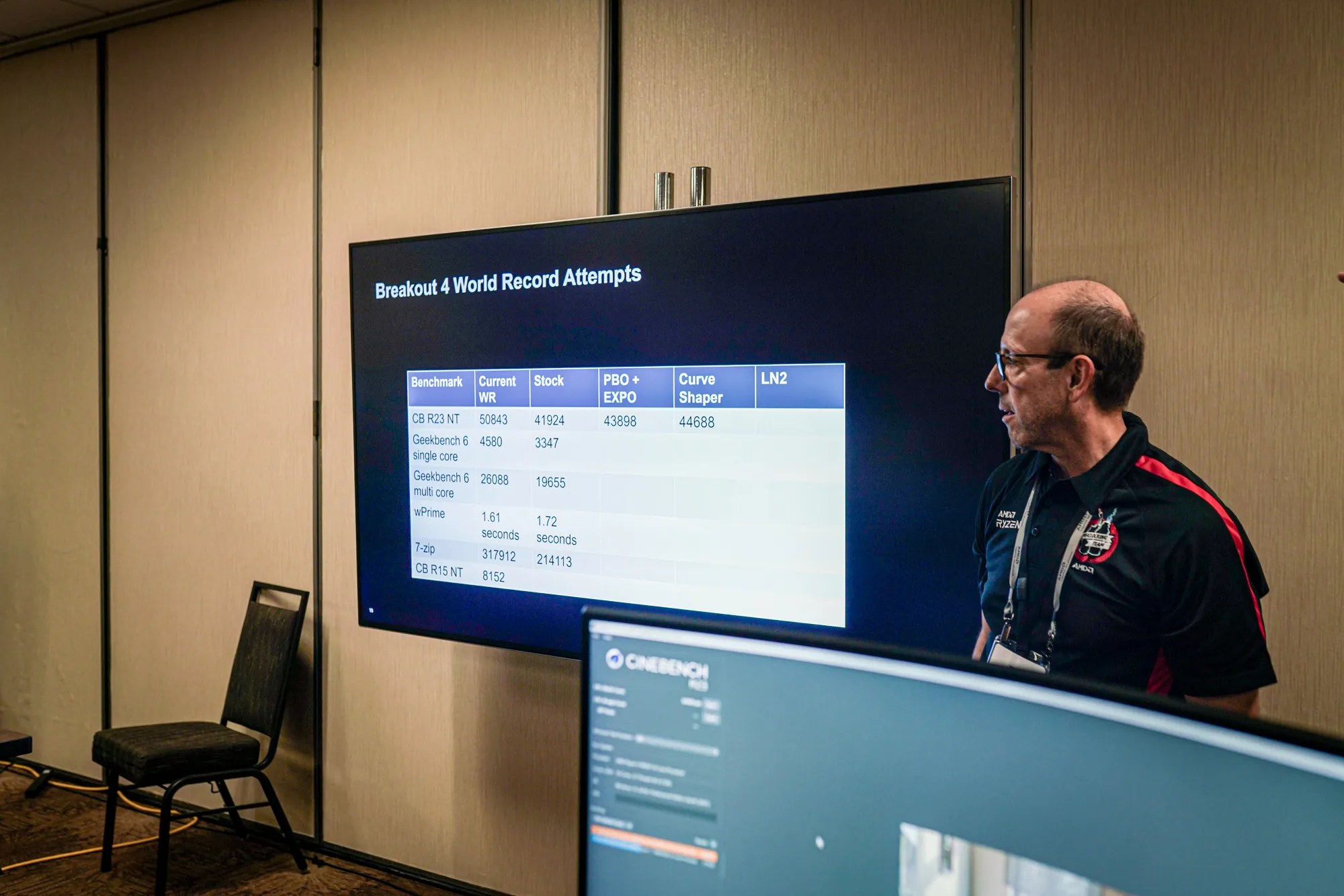
Performance gains are present in the rest of the benchmarks as well, though the improvements aren’t as noticeable. The Ryzen 9 9900X compared to the Core i9-14900K scored a 41 percent win in Handbrake. In the other performance and content creation tests, the victory went to the Ryzen processor — 2 to 16 percent. Similarly, the 9900X wins in gaming, with gains of 4 to 22 percent in Horizon Zero Dawn.
Besides AMD’s own benchmarks, which, while informative, don’t give us clear numbers to compare, we’ve also seen a few leaked Geekbench tests. In one test, it appears that the retail Ryzen 9 9900X sample took the crown for the highest single-core score in Geekbench 6.2’s database, with a score of 3,401. It also performed well in multi-core mode, reaching 19,756 points. Given that this is a leaked benchmark and just one test, it’s hard to gauge the actual performance of the processor.
So far.
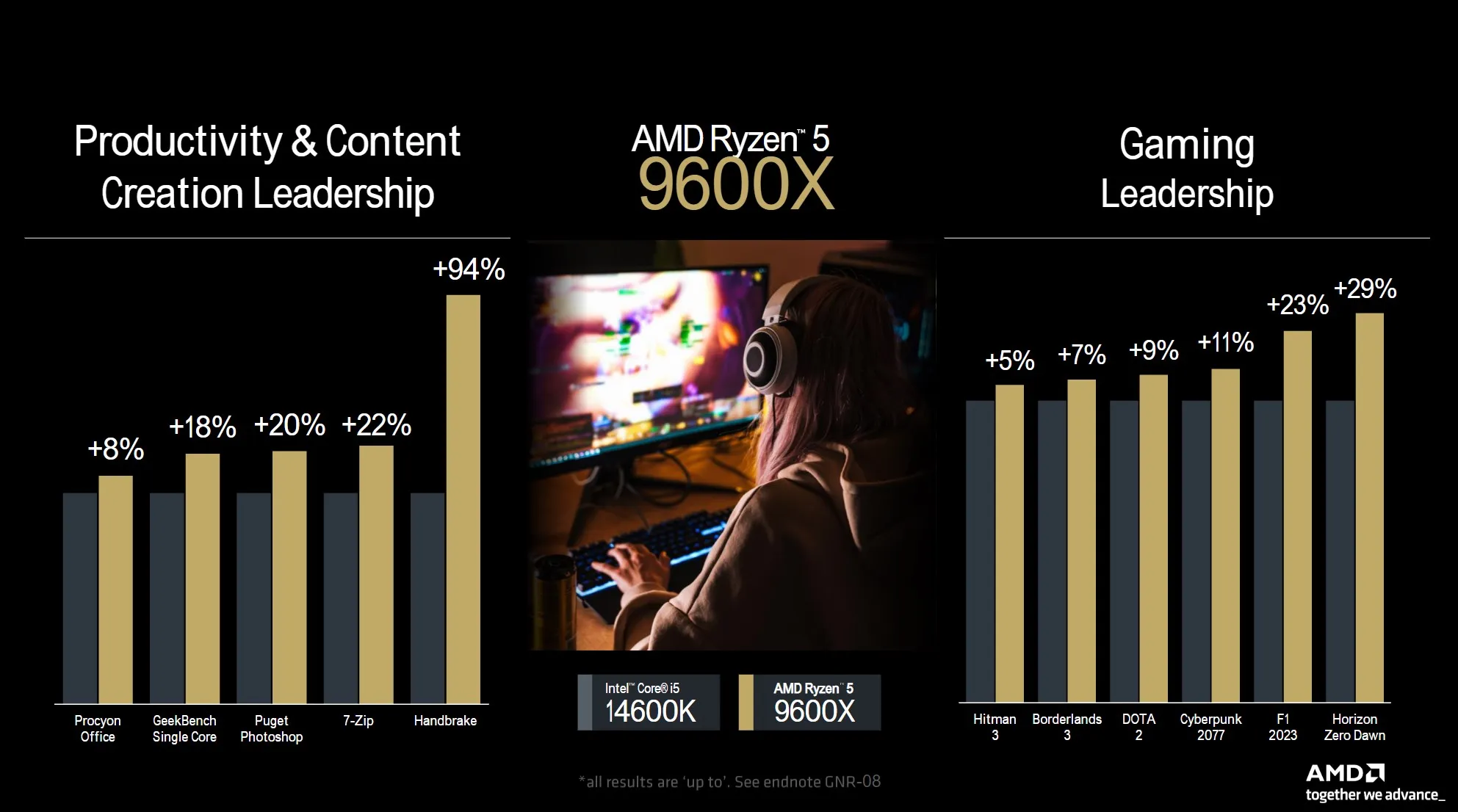
Ryzen 9 9950X, on the other hand, was spotted in the Cinebench benchmark. It was only an engineering sample, which means it likely didn’t unlock the chip’s full potential. Nevertheless, the 9950X managed to score 42,336 points in Cinebench R23, which was enough to beat Intel’s top processor, the Core i9-14900KS.
3D V-Cache in Zen 5
AMD processors with 3D V-Cache have been topping the gaming charts since the release of the Ryzen 7 5800X3D. Given that the Ryzen 7 7800X3D was also a huge success, gamers are hoping for a sequel in the form of the Ryzen 7 9800X3D. The good news: it’s on its way. The bad news? We just don’t know when it’s coming.
We just don’t know when it’s coming.
In a recent interview, Donny Woligroski said AMD «isn’t resting on its laurels» when talking about AMD’s plans for X3D versions of Zen 5 processors. AMD is actively working to make the chip better than its predecessor, which can’t be said for the non-3D parts — there AMD has acknowledged that Zen 4’s X3D chips will still outperform their non-3D successors in gaming.
Amazingly, AMD has been working to make the chip better than its predecessor.
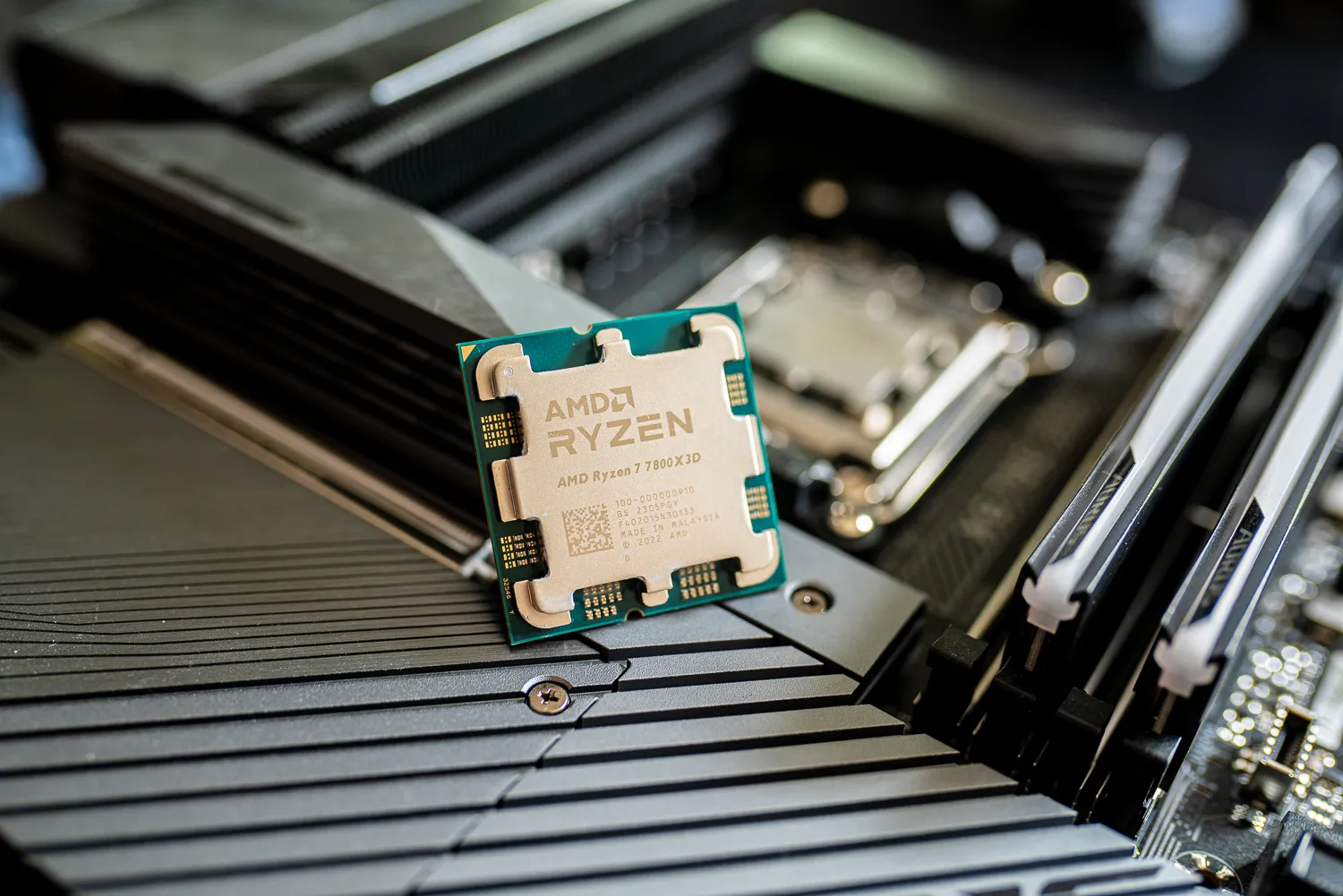
Unfortunately, AMD hasn’t revealed how it hopes to improve the 3D V-Cache chips or when we might see them. Perhaps AMD will update its chipset approach to avoid situations where only one die comes with extra cache, as is the case now. In addition, we may see higher clock speeds, more overclocking options or — hopefully — even more cache.
And we may see higher clock speeds, more overclocking options or — even more cache.
As a sign that AMD is working on 3D chips, even if they’re not scheduled to launch in July, the company recently released a driver for the Ryzen chipset that added a new 3D V-Cache Optimizer.
As a sign that AMD is working on 3D chipsets, the company recently released a driver for the Ryzen chipset that added a new 3D V-Cache Optimizer.
And here comes the AM5
AMD Zen 5 is going to be a big deal for Team Red, and it’s months ahead of the competition. With Intel not planning to release Arrow Lake and Lunar Lake processors until later this year, AMD may have a few months of absolute dominance before Intel can pull back. Undoubtedly it will, but will it be able to do so strongly enough?”
Amdm.
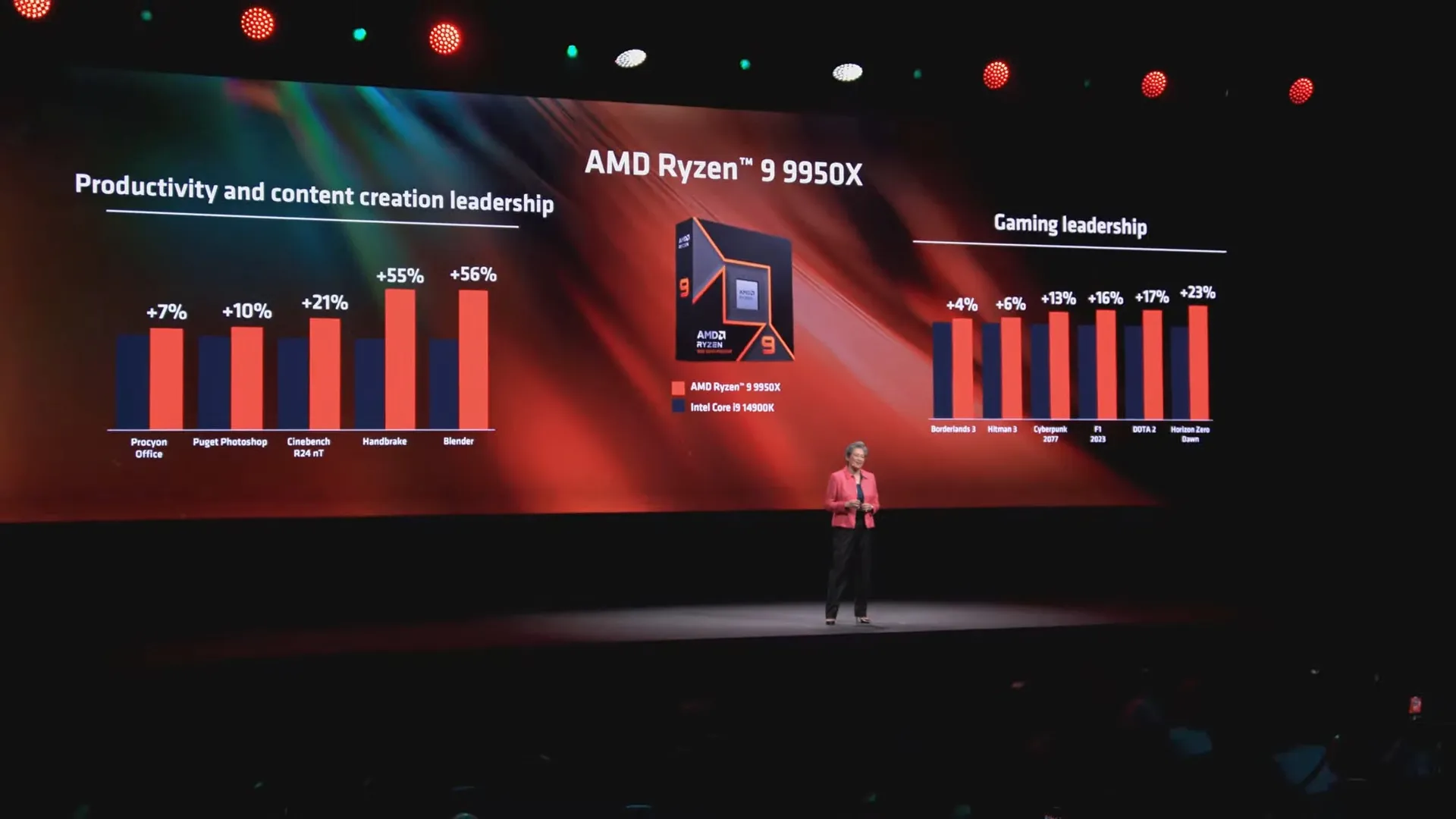
With Zen 5, AMD has shown that it has the potential to become the performance and efficiency leader in the productivity and gaming space. That’s assuming it turns out to be true, of course, but historically AMD’s first-party metrics have been relatively accurate compared to the real thing.


